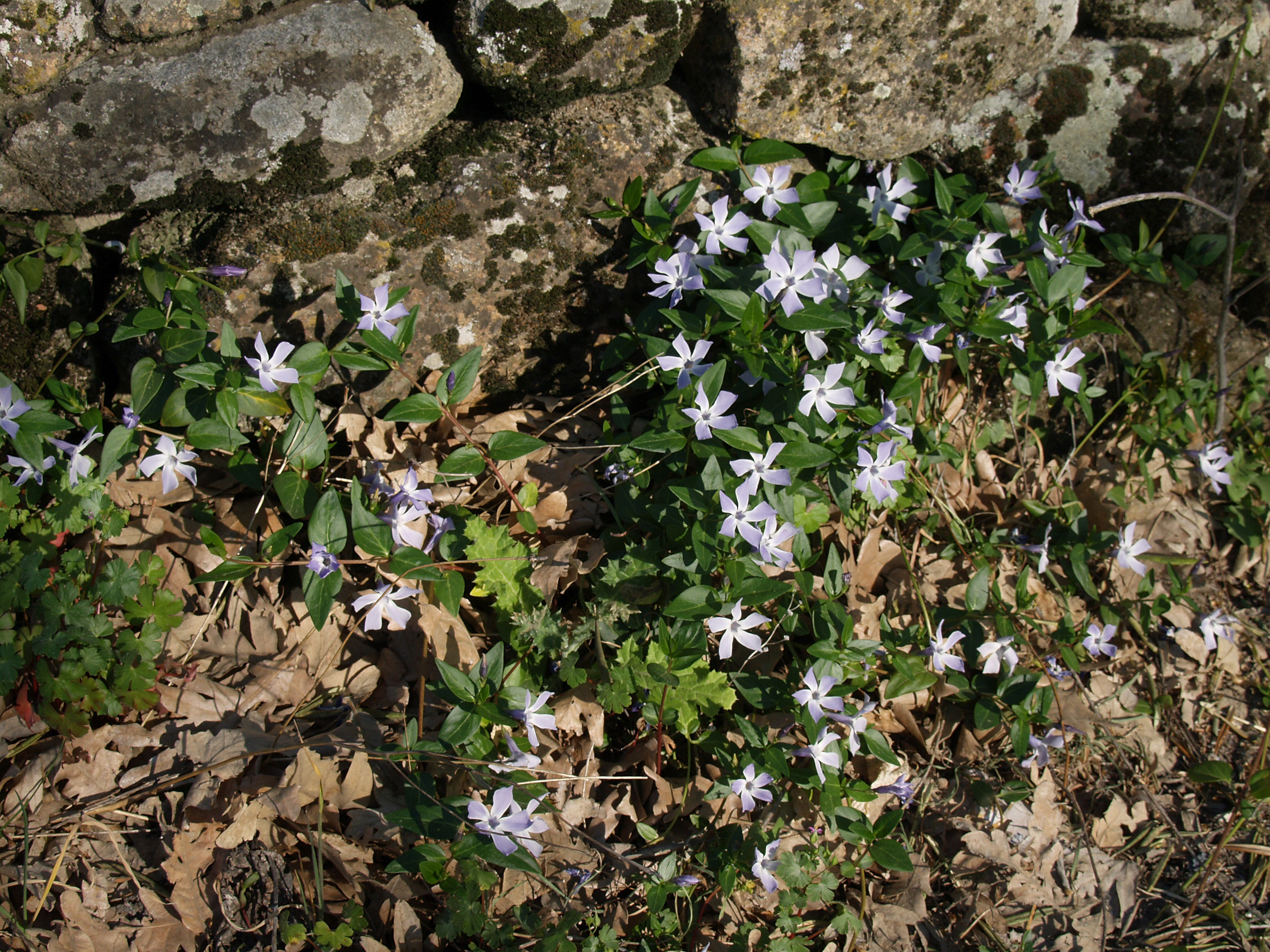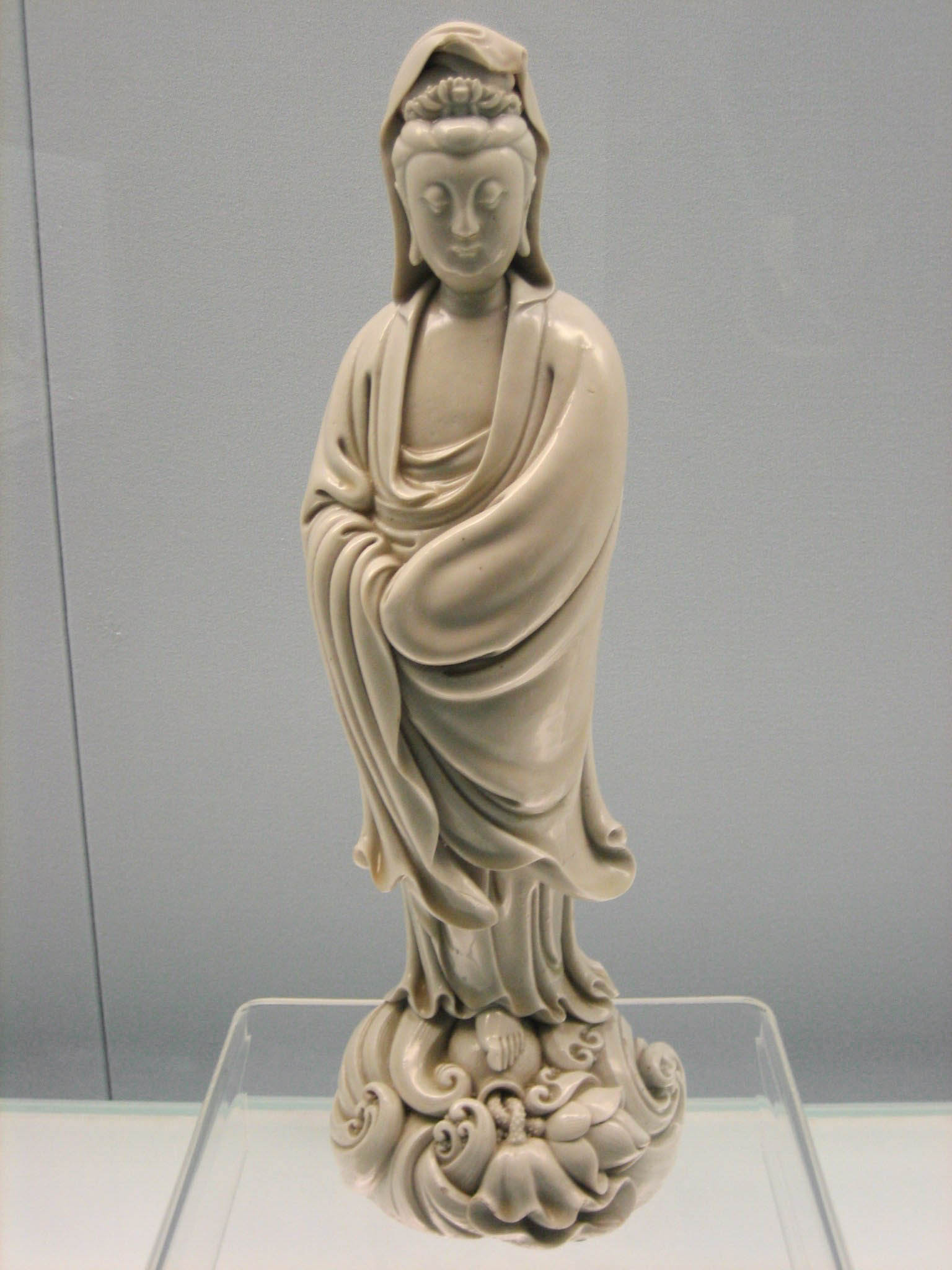|
Vinča Symbols
The Vinča symbols, sometimes known as the Danube script, Vinča signs, Vinča script, Vinča–Turdaș script, Old European script, etc., are a set of untranslated symbols found on Neolithic era (6th to 5th millennium BC) artifacts from the Vinča culture and related " Old European" cultures of Central Europe and Southeastern Europe. Whether this is one of the earliest writing systems or simply symbols of some sort is disputed. They have sometimes been described as "pre-writing" or "proto-writing". The symbols went out of use around 3500 BC. Discovery In 1875, archaeological excavations directed by the Hungarian archaeologist Baroness Zsófia Torma (1840–1899) at Tordos (present Turdaș, Romania) unearthed marble and fragments of pottery inscribed with previously unknown symbols. At the site, on the Mureş river, a feeder into a tributary of the Danube, female figurines, pots, and artifacts made of stone were also found. In 1908, a similar cache was found during excava ... [...More Info...] [...Related Items...] OR: [Wikipedia] [Google] [Baidu] |
Vinca Vessel
''Vinca'' (; Latin: ''vincire'' "to bind, fetter") is a genus of flowering plants in the family Apocynaceae, native to Europe, northwest Africa and southwest Asia. The English name periwinkle is shared with the related genus ''Catharanthus'' (and also with the common seashore mollusc, '' Littorina littorea''). Description ''Vinca'' plants are subshrubs or herbaceous, and have slender trailing stems long but not growing more than above ground; the stems frequently take root where they touch the ground, enabling the plant to spread widely. The leaves are opposite, simple broad lanceolate to ovate, long and broad; they are evergreen in four species, but deciduous in the herbaceous '' V. herbacea'', which dies back to the root system in winter.Blamey, M., & Grey-Wilson, C. (1989). ''Flora of Britain and Northern Europe''. Hodder & Stoughton.Huxley, A., ed. (1992). ''New RHS Dictionary of Gardening'' 4: 664-665. Macmillan. The flowers, produced through most of the growing seas ... [...More Info...] [...Related Items...] OR: [Wikipedia] [Google] [Baidu] |
Pictograms
A pictogram, also called a pictogramme, pictograph, or simply picto, and in computer usage an icon, is a graphic symbol that conveys its meaning through its pictorial resemblance to a physical object. Pictographs are often used in writing and graphic systems in which the characters are to a considerable extent pictorial in appearance. A pictogram may also be used in subjects such as leisure, tourism, and geography. Pictography is a form of writing which uses representational, pictorial drawings, similarly to cuneiform and, to some extent, hieroglyphic writing, which also uses drawings as phonetic letters or determinative rhymes. Some pictograms, such as Hazards pictograms, are elements of formal languages. "Pictograph" has a different definition in the field of prehistoric art (which includes recent art by traditional societies), where it means art painted on rock surfaces. This is in comparison to petroglyphs, where the images are carved or incised. Such images may or may not ... [...More Info...] [...Related Items...] OR: [Wikipedia] [Google] [Baidu] |
Swastika
The swastika (卐 or 卍) is an ancient religious and cultural symbol, predominantly in various Eurasian, as well as some African and American cultures, now also widely recognized for its appropriation by the Nazi Party and by neo-Nazis. It continues to be used as a symbol of divinity and spirituality in Indian religions, including Hinduism, Buddhism, and Jainism. It generally takes the form of a cross, the arms of which are of equal length and perpendicular to the adjacent arms, each bent midway at a right angle. The word ''swastika'' comes from sa, स्वस्तिक, svastika, meaning "conducive to well-being". In Hinduism, the right-facing symbol (clockwise) () is called ', symbolizing ("sun"), prosperity and good luck, while the left-facing symbol (counter-clockwise) () is called ''sauwastika'', symbolising night or tantric aspects of Kali. In Jain symbolism, it represents Suparshvanathathe seventh of 24 Tirthankaras ( spiritual teachers and sa ... [...More Info...] [...Related Items...] OR: [Wikipedia] [Google] [Baidu] |
Zoomorphic
The word ''zoomorphism'' derives from the Greek ζωον (''zōon''), meaning "animal", and μορφη (''morphē''), meaning "shape" or "form". In the context of art, zoomorphism could describe art that imagines humans as non-human animals. It can also be defined as art that portrays one species of animal like another species of animal or art that uses animals as a visual motif, sometimes referred to as "animal style." In ancient Egyptian religion, deities were depicted in animal form which is an example of zoomorphism in not only art but in a religious context. It is also similar to the term therianthropy; which is the ability to shape shift into animal form, except that with zoomorphism the animal form is applied to a physical object. It means to attribute animal forms or animal characteristics to other animals, or things other than an animal; similar to but broader than anthropomorphism. Contrary to anthropomorphism, which views animal or non-animal behavior in human terms, ... [...More Info...] [...Related Items...] OR: [Wikipedia] [Google] [Baidu] |
Pictogram
A pictogram, also called a pictogramme, pictograph, or simply picto, and in computer usage an icon, is a graphic symbol that conveys its meaning through its pictorial resemblance to a physical object. Pictographs are often used in writing and graphic systems in which the characters are to a considerable extent pictorial in appearance. A pictogram may also be used in subjects such as leisure, tourism, and geography. Pictography is a form of writing which uses representational, pictorial drawings, similarly to cuneiform and, to some extent, hieroglyphic writing, which also uses drawings as phonetic letters or determinative rhymes. Some pictograms, such as Hazards pictograms, are elements of formal languages. "Pictograph" has a different definition in the field of prehistoric art (which includes recent art by traditional societies), where it means art painted on rock surfaces. This is in comparison to petroglyphs, where the images are carved or incised. Such images may or ... [...More Info...] [...Related Items...] OR: [Wikipedia] [Google] [Baidu] |
Figurine
A figurine (a diminutive form of the word ''figure'') or statuette is a small, three-dimensional sculpture that represents a human, deity or animal, or, in practice, a pair or small group of them. Figurines have been made in many media, with clay, metal, wood, glass, and today plastic or resin the most significant. Ceramic figurines not made of porcelain are called terracottas in historical contexts. Figures with movable parts, allowing limbs to be posed, are more likely to be called dolls, mannequins, or action figures; or robots or automata, if they can move on their own. Figurines and miniatures are sometimes used in board games, such as chess, and tabletop role playing games. The main difference between a figurine and a statue is size. There is no agreed limit, but typically objects are called "figurines" up to a height of perhaps , though most types are less than high. Prehistory In China, there are extant Neolithic figurines. European prehistoric figurines of wome ... [...More Info...] [...Related Items...] OR: [Wikipedia] [Google] [Baidu] |
Spindle Whorl
A spindle whorl is a disc or spherical object fitted onto the spindle to increase and maintain the speed of the spin. Historically, whorls have been made of materials like amber, antler, bone, ceramic, coral, glass, stone, metal (iron, lead, lead alloy), and wood ( oak). Local sourced materials have been also used, such as chalk, limestone, mudstone, sandstone, slate, lydite and soapstone. Gallery File:Spindle Whorl (Sulsultin), 19th century, 05.588.7382.jpg, ''Spindle Whorl (Sulsultin)'', Chemainus, Coast Salish (Native American), 19th century, Brooklyn Museum File:Przęślik 0211.jpg, Whorl (12th or 13th century) found in Poland File:1017_-_Keramikos_Museum,_Athens_-_Spindle-whirls,_10th_century_BC_-_Photo_by_Giovanni_Dall'Orto,_Nov_12.jpg, Ancient Greek spindle whorls, 10th century BC, Kerameikos Archaeological Museum, Athens File:Muisca spindle whorl.jpg, Muisca spindle whorl (500AD – 1500AD). Archaeology Museum, Sogamoso, Colombia File:Object from the exhibition We c ... [...More Info...] [...Related Items...] OR: [Wikipedia] [Google] [Baidu] |
Bulgaria
Bulgaria (; bg, България, Bǎlgariya), officially the Republic of Bulgaria,, ) is a country in Southeast Europe. It is situated on the eastern flank of the Balkans, and is bordered by Romania to the north, Serbia and North Macedonia to the west, Greece and Turkey to the south, and the Black Sea to the east. Bulgaria covers a territory of , and is the sixteenth-largest country in Europe. Sofia is the nation's capital and largest city; other major cities are Plovdiv, Varna and Burgas. One of the earliest societies in the lands of modern-day Bulgaria was the Neolithic Karanovo culture, which dates back to 6,500 BC. In the 6th to 3rd century BC the region was a battleground for ancient Thracians, Persians, Celts and Macedonians; stability came when the Roman Empire conquered the region in AD 45. After the Roman state splintered, tribal invasions in the region resumed. Around the 6th century, these territories were settled by the early Slavs. The Bulg ... [...More Info...] [...Related Items...] OR: [Wikipedia] [Google] [Baidu] |
Sitovo Inscription
The Sitovo inscription is an inscription in Bulgaria that has yet to be satisfactorily translated. Discovery The inscription was discovered in 1928, on the wall of a rock shelter near the village of Sitovo, close to Plovdiv, Bulgaria. It was first documented by amateur archaeologist Alexander Peev. The inscription is in two lines which are long. The written signs are tall. The inscription has been tentatively dated to between 300 and 100 BCE.Vassileva, Maya (1999) A Few Phrygian Onomastic Notes. Epigraphica Anatolica : Zeitschrift für Epigraphik und historische Geographie Anatoliens (31). pp. 175-180. ISSN 0174-6545 In 1943, Peev was executed by firing squad on suspicion of sending a coded message to the Soviet Union. He had sent an example of the text to Soviet archaeologists, in the hope that they could decipher its meaning. The inscription was published in 1950 by Z. R. Morfova, and Peev was posthumously awarded the Order of Lenin for his resistance efforts against the Bul ... [...More Info...] [...Related Items...] OR: [Wikipedia] [Google] [Baidu] |
Gradeshnitsa Tablet
Gradeshnitsa ({{lang, bg, Градешница) is a village of the Vratsa Province, Bulgaria. The village is notable for the Gradeshnitsa monastery (situated 1.5 km west of the village), and for the neolithic Gradeshnitsa tablets now kept in Vratsa Vratsa ( bg, Враца ) is the largest city in northwestern Bulgaria and the administrative and economic centre of the municipality of Vratsa and Vratsa district. It is located about 112 km north of Sofia, 40 km southeast of Montana. ... museum. External links *http://www.bulgarianmonastery.com/gradeshnitsa_monastery.html Villages in Vratsa Province ... [...More Info...] [...Related Items...] OR: [Wikipedia] [Google] [Baidu] |
Vinca Ж
''Vinca'' (; Latin: ''vincire'' "to bind, fetter") is a genus of flowering plants in the family Apocynaceae, native to Europe, northwest Africa and southwest Asia. The English name periwinkle is shared with the related genus ''Catharanthus'' (and also with the common seashore mollusc, '' Littorina littorea''). Description ''Vinca'' plants are subshrubs or herbaceous, and have slender trailing stems long but not growing more than above ground; the stems frequently take root where they touch the ground, enabling the plant to spread widely. The leaves are opposite, simple broad lanceolate to ovate, long and broad; they are evergreen in four species, but deciduous in the herbaceous '' V. herbacea'', which dies back to the root system in winter.Blamey, M., & Grey-Wilson, C. (1989). ''Flora of Britain and Northern Europe''. Hodder & Stoughton.Huxley, A., ed. (1992). ''New RHS Dictionary of Gardening'' 4: 664-665. Macmillan. The flowers, produced through most of the growing seas ... [...More Info...] [...Related Items...] OR: [Wikipedia] [Google] [Baidu] |



.png)



